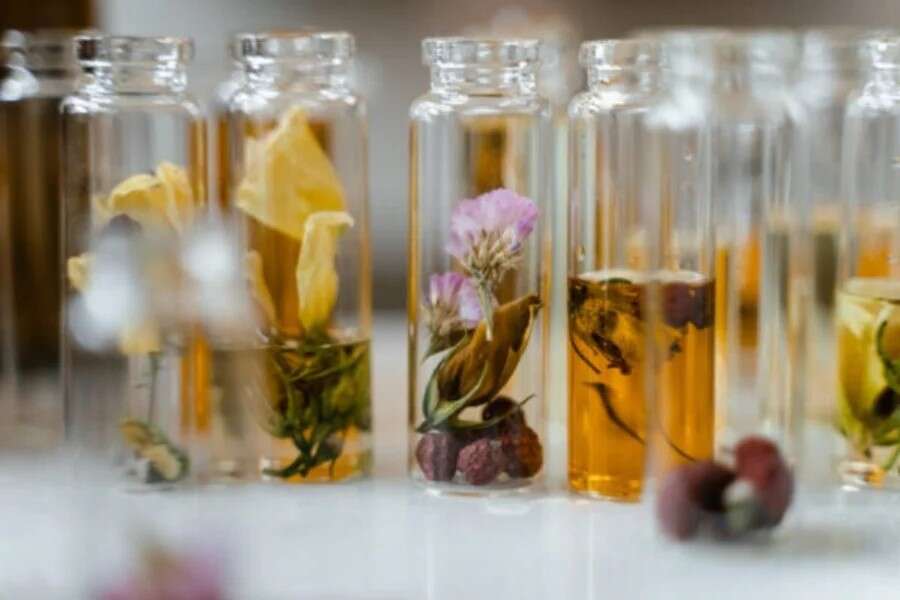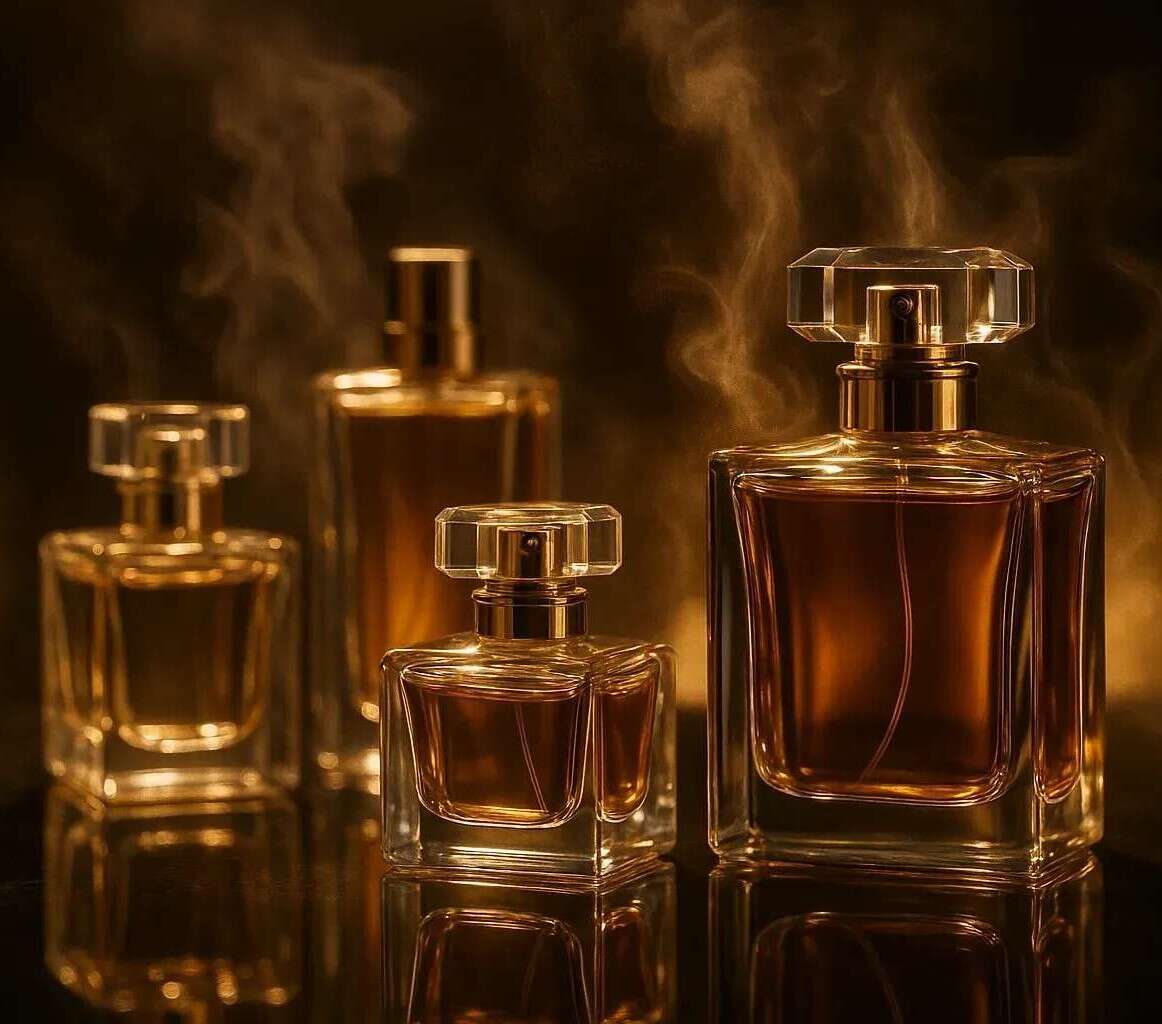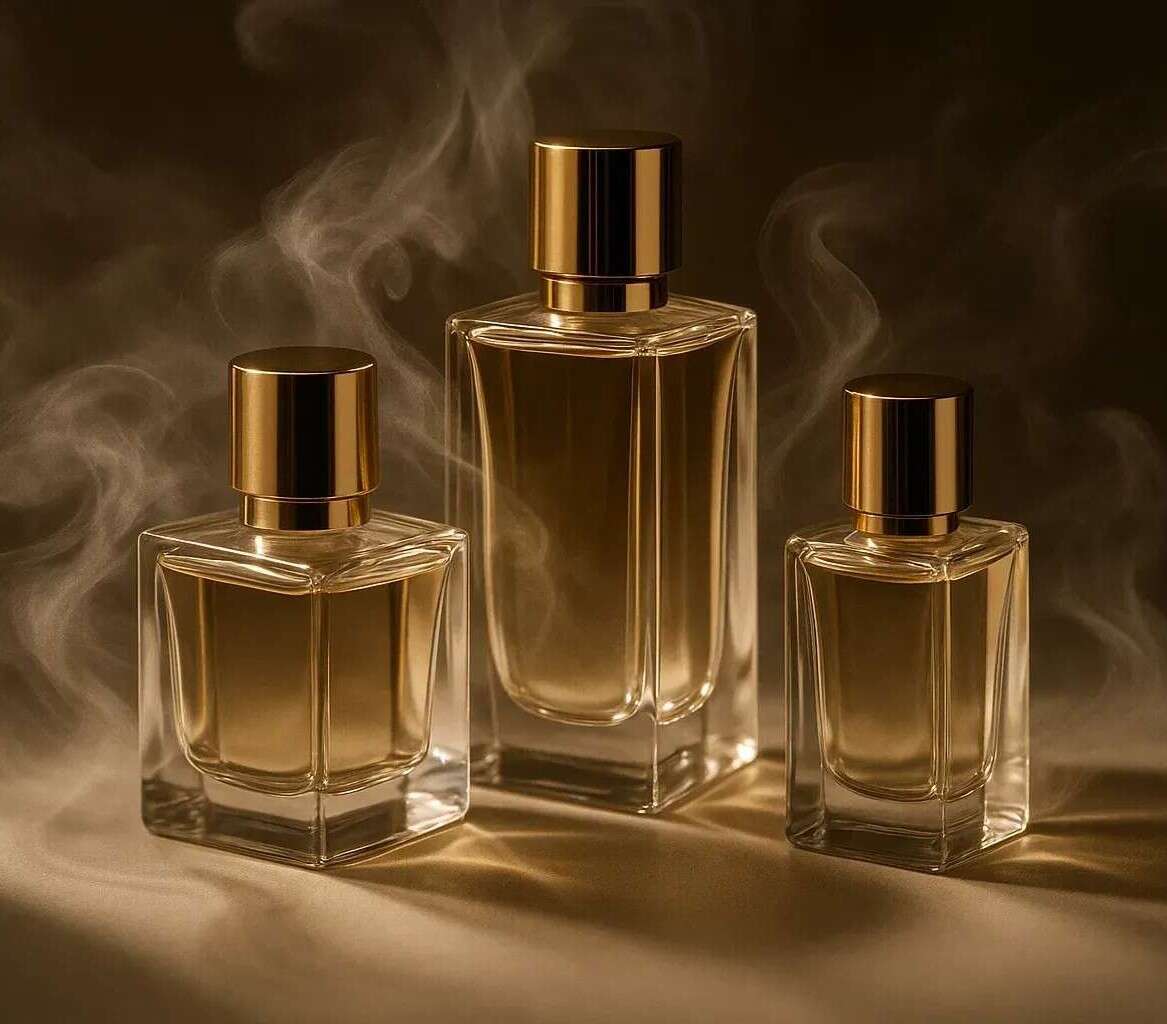



You’re building perfume in a year that loves scent. Demand stays strong, niches multiply, formats fragment, and rules tighten. The good news? You can still move fast—if your brief, your formula, and your labels talk to each other. This field guide keeps it simple and hands-on. I’ll show the 2026 fine fragrance trends that actually convert, then walk through an EDP checklist you can copy into your SOPs. I’ll also plug smart spots to partner with I’Scent when you need speed, accuracy, and scale.
Quick context: I’Scent supplies custom fragrance oils and perfume raw materials worldwide since 2005, with 20+ senior perfumers, 40,000+ formulas, and 98% match accuracy for duplication. Samples in 1–3 days, bulk in 3–7 days, 5 kg low MOQ (custom scents typically 25 kg), and full IFRA / ISO / GMP / Halal. ERP-enabled traceability and tight batch-to-batch consistency.
Explore: Fine Fragrance Oils • Perfume Oil Manufacturer & Supplier • I’SCENT Home
2026 isn’t one-note. It’s a layered board:
Why care? Because these themes map to clear usage scenes (occasion → mood → format). That’s how you brief, price-pack, and plan NPD in a way that sells-through, not just sells-in.
| Trend (2026) | Evidence in-market | Practical move for your EDP | Business note |
|---|---|---|---|
| Boozy warmth | Consistent launches using rum/brandy facets; colder-month lift | Build a boozy accord as an add-on to your floral/gourmand core | Launch late Q3 to hit gifting; pair with travel |
| Bedtime scent | Sleep/mindful routines grow; soft musks win | Create a bedtime sub-line (EDP low sillage + linen spray) | Cross-sell with minis; push repeat purchase |
| Floral comeback | Violet/iris returns in lighter, clean profiles | Make a violet + musk profile as your “comfort floral” | Works in hair mist; good for daily layering |
| Gourmand 2.0 | Sweet evolves with salt/coffee/cereal | Use contrast gourmand (salty-caramel, latte foam, cereal puff) | Strong social media hooks; avoid cloying |
| Formats matter | Minis/refills/solids show steady pull | Offer 30 mL + 10 mL travel + solid trio | Improves trial; reduces entry barrier |
| Layering habit | Users stack 2–3 scents for mood | Sell a layering set (base musk + floral + glaze) | Raises basket size; easy how-to content |
Keep it concrete. Dont over-theorize. You’ll see higher conversion when your PDP talks “scene” (office, date, bedtime) and a how-to layer card. If you want ready-to-go oils tailored for these scenes, ping: Fine Fragrance Oils.

Below is the pragmatic list your lab, QA, and brand team can run together. Keep it short, but complete. Yes, we’ll get a little nerdy—oil load, pumps, CPNP, CPSR, IFRA, the works.
| Module | Must-do | Numbers / Notes | Who checks |
|---|---|---|---|
| Concentration | Define EDP oil load for each SKU | Typical working band ~15–20% (brand-specific) | Perfumer + PD |
| Base & Solvent | Choose ethanol grade; evaluate alternatives | Cosmetic-grade denatured ethanol; consider carbon-captured ethanol as story; test for odor neutrality | R&D |
| Signature Accords | Lock 1–2 accords per trend scene | Boozy accord / Bedtime musk / Violet lift / Salty-caramel glaze | Perfumer |
| IFRA Compliance | Pull IFRA certificate per formula | Use IFRA 51 categories & limits; keep version control | RA / QA |
| Allergen Labeling (EU) | Prepare new label panels | EU fragrance allergens: transition targets 2026/2028; plan dual artwork | RA / Design |
| US Label Prep | Track MoCRA allergen update | Keep an internal “pre-disclosure” sheet; don’t wait for final rule | RA |
| Stability Testing | Do accelerated, light, freeze-thaw | Retain control and filled product; evaluate color/odor drift | QA |
| Pump & Packaging | Match pump output to desired cloud | Common range ~0.10–0.15 mL/spray; check polymer compatibility | Packaging Eng. |
| Compatibility | Run glass, coating, gasket checks | Watch extractables, leaching, haze | QA |
| Refillable & Minis | Add 30 mL + 10 mL + solid | Design for leakage proof; test torque and crimp | PD |
| PIF / CPSR / CPNP (EU) | Build file before EU launch | Responsible Person set; all files consistent | RA |
| GMP & ISO 22716 | Audit production flow | Maintain batch records; traceability end-to-end | QA |
| Claims & Story | Write proof-backed copy | Avoid over-claims; tie story to material provenance (e.g., biotech patchouli) | Brand |
| Go-To-Market | Bundle by scene | “Office clean,” “Evening warm,” “Bedtime calm”; add layering card | Marketing |
Need a vendor that can turn this checklist into bottles—fast? See OEM/ODM capabilities: Perfume Oil Manufacturer & Supplier and I’SCENT Home.
Why now: 2026 puts pressure on brands to align with IFRA 51 category limits. Your RA lead should re-check every concentrate against the correct product category (fine fragrance ≠ body lotion ≠ reed diffuser). Keep a single source-of-truth for certificates—versioned, signed, and accessible. No shortcuts here.
Good practice:
Yes, timelines create real work. Treat labels like inventory. For new products placed on the EU market from mid-2026, your new allergen list must show up on-pack. For existing products, you’ve got a longer runway out to 2028. Practical move: prepare dual artworks (pre-change and post-change) and assign sell-through rules country by country. Your ERP should link formula → batch → label version. I’SCENT’s ERP already does full traceability, which saves time when an audit pops up.
Need help mapping allergens to label lines? Ask for an allergen breakdown with your next sample: Fine Fragrance Oils.
The U.S. is formalizing fragrance allergen disclosure under MoCRA. It’s not fully live yet, but acting early is smart. Keep an internal “pre-disclosure” table—ingredient INCI, typical concentration bands, and rationale. When rules lock, you flip the switch. Meanwhile, avoid panic relabeling. Keep your eyes on RA bulletins, but dont freeze development waiting for perfect info.

Carbon-captured ethanol (CCE)
Pros: strong sustainability story, potentially lower cradle-to-gate footprint, good PR value when communicated honestly. Cons: supply variability, cost swings, education needed (“does it smell different?”). Run a sensory A/B against your standard ethanol; many stakeholders won’t tell blind, but you still test for peace of mind. If you plan a CCE story, make sure your claims substantiation is clean.
Biotechnology patchouli & other biotech notes
Biotech patchouli offers high consistency, cleaner impurity profiles, and better batch reliability—handy for big volumes and for “clean-beauty-ish” messaging. Use it to stabilize your wood-amber backbone without struggling with harvest variation. Also consider biotech musk molecules when you need smooth drydown without muddying the top.
Water-based perfume / oil-based spin
No-alcohol formats keep rising—good for sensitive skin and bedtime routines. Water-based trunks need careful preservation, emulsion stability, and usually different pumps. Oil-based rollerballs still shine for touch-up and pulse points. For 2026, offer one parallel format (e.g., an oil-based version of your bedtime EDP). Keep the scent profile consistent; consumers hate mismatched twins.
If you’d like materials already pre-screened for IFRA/ISO/GMP and fully traceable, start here: Perfume Oil Manufacturer & Supplier.
Packaging isn’t fluff—it’s usage architecture:
Pro-tip: lock pump output early (~0.10–0.15 mL/spray typical). That number controls cloud density, sniff distance, and perceived strength. Make sure your gasket & dip-tube don’t leach. If you see haze or color creep after heat exposure, that’s a compatibility red flag—back to lab.
Layering is more than a post—it’s merchandising. Sell a three-piece set:
Include a Layering Card with 3 combos for different scenes: office, date, bedtime. It’s simple, social, and sticky. If you need these three oils tuned to interlock (no clash in the mid), ask I’SCENT to supply as a matched stack. Samples go out in 1–3 days: Fine Fragrance Oils.
When you’re ready to move, speed and precision beat bravado. A clean workflow looks like this:
If you’re missing lab capacity or time, hand off the heavy lifting: Perfume Oil Manufacturer & Supplier • I’SCENT Home.

You don’t need to max oil to feel luxe. Control projection via oil load and pump output. Calibrate for scene: bedtime = closer aura; evening = wider, warmer trail.
Treat IFRA like a regulatory gate. No certificate, no scale-up. Keep a single folder per SKU with certificate, version, and sign-off.
Create a label matrix (market vs. date vs. artwork). Never scramble at the printer again. Old stock needs sell-through rules; new stock must be clean.
Have the table, even if the exact list evolves. This saves weeks when policymakers finish the details.
Do accelerated (e.g., 40°C), light box, and freeze-thaw. Compare control vs. filled in final packaging. If the violet turns beige after UV… you know what to do.
If you talk sustainability, substantiate. Keep data sheets and supplier attestations handy. Consumers can tell when claims feel thin.
If you want these oils pre-built and IFRA-checked, ping the lab: Fine Fragrance Oils.
| Option | Where it shines | What to watch | Why it sells |
|---|---|---|---|
| Carbon-captured ethanol | Sustainability narrative, PR | Availability, education | Clear story, modern feel |
| Biotech patchouli | Consistent woody-amber drydown | Cost banding, supplier docs | Smoothness, stability |
| Water-based perfume | Sensitive skin, bedtime | Preservation, pump choice | Newness + comfort |
| Oil-based roll-on | Touch-ups, travel | Texture, stain risk | Precision, intimacy |
| Refillable bottle | Flagship EDP | Seal integrity | Lower waste, premium |
| Solid perfume | Airports, discreet use | Melt/soften in heat | Pocketable, cute gift |
For any of the above, I’SCENT can supply concentrates, do tweaks, and ship fast: Perfume Oil Manufacturer & Supplier • I’SCENT Home.